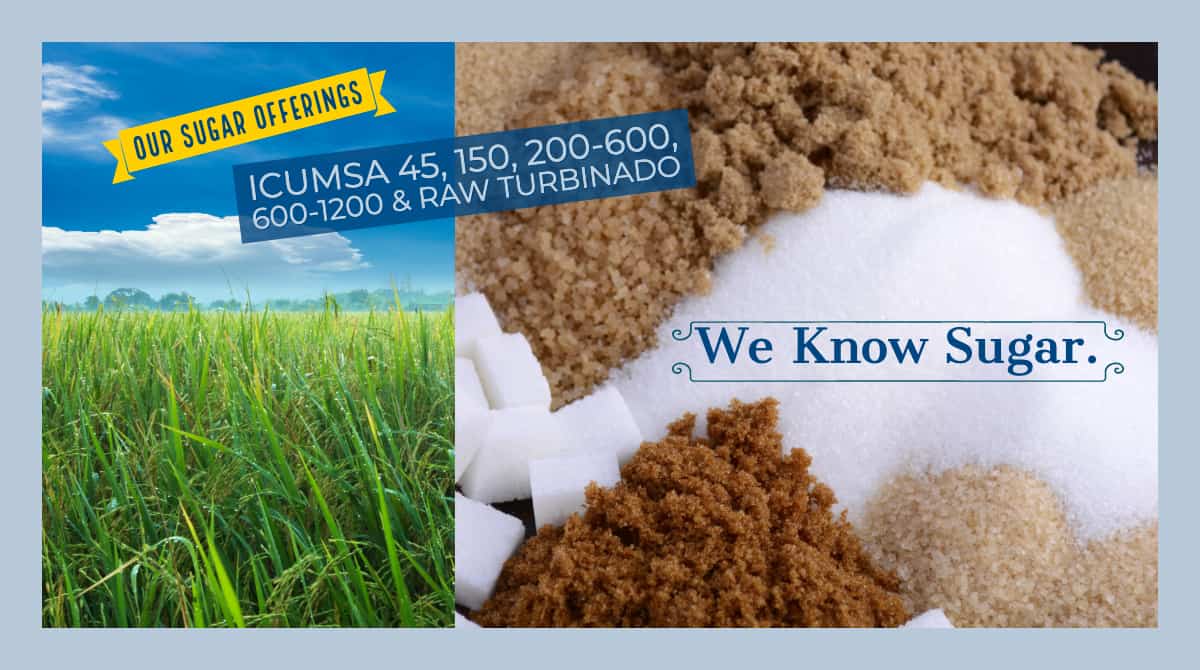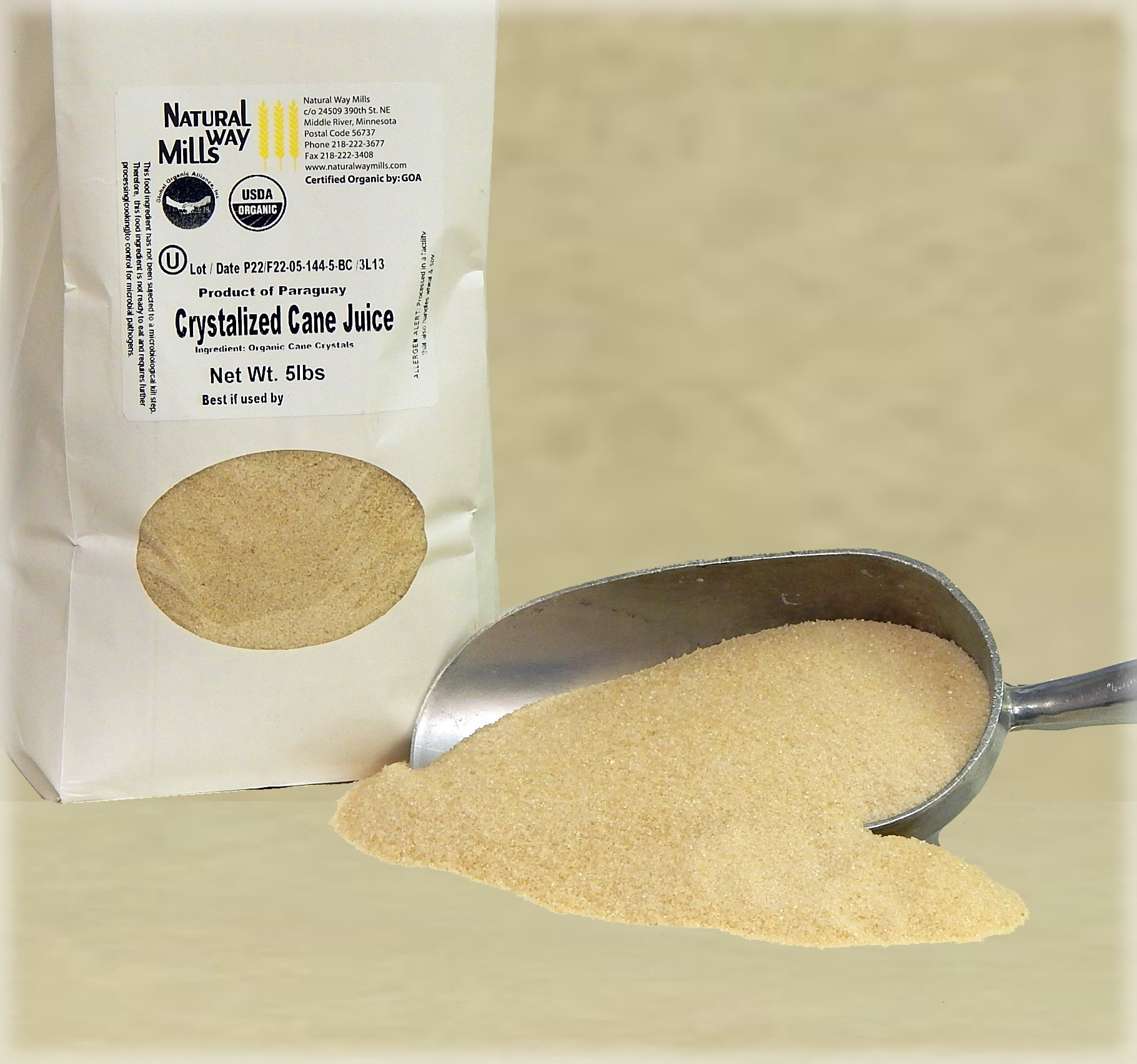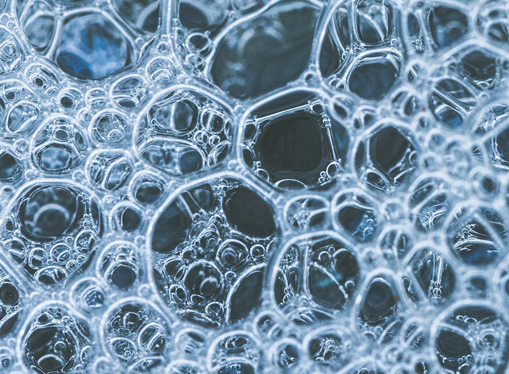Beyond the Kitchen: Diverse Uses of sugar cane products
Wiki Article
Discover Everything About Sugar Cane: From Production Strategies to Product Innovations
Sugar cane is a crop with both historical significance and contemporary relevance. Its farming has actually developed from typical approaches to contemporary techniques that meet today's farming needs. This evolution includes ingenious handling strategies that transform the cane into a selection of items. As the industry faces environmental obstacles, brand-new lasting practices are arising. The intricacies of sugar cane production and its future in international markets existing fascinating inquiries worth discovering even more.The Background of Sugar Cane Cultivation
Sugar cane is commonly associated with tropical environments, its cultivation has a rich history that dates back thousands of years. Coming From Southeast Asia, the earliest documents of sugar cane's use go back to around 8000 BCE, where it was eaten for its sweetness. By the very first millennium, it spread out to India, where it ended up being indispensable to regional societies. The technology to take shape sugar arised in India by the fifth century CE, marking a substantial milestone in sugar production.With the growth of trade courses, sugar cane discovered its method to the Center East and, ultimately, Europe. The establishment of plantations in the Caribbean throughout the 16th century changed the international sugar market, driven largely by early american expansion. As sugar came to be a popular commodity, its farming formed economies and societies, laying the groundwork for contemporary manufacturing methods that advanced with the development of farming and technology.Typical Farming Methods
As sugar cane farming developed via history, standard farming strategies became fundamental methods that formed its production. These techniques, frequently given via generations, consisted of using guidebook tools such as hoes and machetes for planting and collecting. Farmers usually prepared the dirt by hand, using plant turning and intercropping to maintain dirt fertility and control parasites. Water monitoring was vital, with numerous typical growers relying upon all-natural watering systems and rain harvesting.Planting was most of the time to accompany seasonal rainfalls, guaranteeing suitable development conditions. Traditionally, sugar cane was grown in rows, permitting easier maintenance and harvesting. Collecting was done by hand, calling for skilled labor to minimize damages to the stalks. In general, standard farming strategies highlighted sustainability and a deep understanding of the neighborhood setting, forming a critical component of the cultural heritage bordering sugar cane agriculture. These methods prepared for future advancements in sugar production.Modern Agricultural Practices
Modern agricultural methods have progressively incorporated accuracy farming techniques to improve sugar cane manufacturing. sugar cane products. These approaches make use of data-driven approaches to optimize inputs and improve returns while decreasing ecological influence. Additionally, sustainable insect administration techniques are being embraced to shield plants without compromising environmental equilibriumAccuracy Farming Strategies
Accuracy farming strategies represent a transformative strategy to agriculture, leveraging technology to boost productivity and sustainability in sugar cane production. By using devices such as GPS, remote noticing, and data analytics, farmers can check plant health and wellness, dirt conditions, and water use with unmatched precision. This data-driven method permits for targeted interventions, decreasing waste and maximizing source appropriation. Drones and satellite imagery assist in real-time evaluations, allowing farmers to react swiftly to arising issues or changes in ecological conditions. Furthermore, accuracy farming improves yield forecasting and boosts decision-making procedures, ultimately causing much better plant administration. Therefore, sugar cane producers can accomplish greater efficiency and profitability while reducing their ecological footprint, adding to the overall innovation of modern agricultural techniques.
Lasting Bug Monitoring
Reliable administration of pests is necessary for keeping the health and efficiency of sugar cane crops. Lasting insect monitoring techniques concentrate on lessening chemical inputs while maximizing environmental equilibrium. sugar cane products. Integrated Insect Management (IPM) is a popular technique, incorporating biological control, environment adjustment, and using immune sugar cane selections. Farmers are significantly using advantageous pests and natural predators to suppress insect populations, decreasing reliance on artificial chemicals. Monitoring pest degrees with catches and searching enables prompt treatments, making sure that control procedures are applied just when required. Additionally, plant turning and intercropping boost biodiversity, more reducing parasite break outs. By adopting these sustainable techniques, sugar cane producers can maintain plant return while promoting environmental stewardship and lowering the negative impacts connected with standard parasite control techniquesProcessing Sugar Cane: From Field to Manufacturing facility
The detailed trip of sugar cane from area to factory involves numerous essential steps that change this lively plant into a raw product for sugar production. After collecting, sugar cane is rapidly moved to the processing facility to decrease sucrose loss. The initial action at the factory is cleaning the cane to remove pollutants, adhered to by squashing to extract the juice. This juice undertakes explanation, where it is heated and treated with lime to remove solid fragments and impurities.Once cleared up, the juice is focused through evaporation, leading to syrup. The syrup is then taken shape by cooling and including seed crystals, causing the development of sugar crystals. Adhering to formation, the sugar undergoes centrifugation to separate it from molasses. Eventually, the sugar is dried, packaged, and prepared for distribution. Each action in this procedure is important for ensuring the high quality and efficiency of sugar manufacturing.Sugar Cane Products and Their Applications

Sugar and All-natural Sugars
Frequently overlooked, sugar and all-natural sugars acquired from sugar cane play an essential function in the food and beverage market. These items, consisting of see here now sucrose, molasses, and raw sugar, offer a series of flavors and functionalities that enhance numerous food products. Sucrose, the most common sugar, is commonly utilized for its sweetening homes, while molasses contributes deepness and complexity to baked items and sauces. All-natural sugars from sugar cane are preferred for their very little processing and perceived health benefits compared to synthetic sugar. On top of that, technologies in sugar cane handling have actually brought about alternatives like liquid sugar and concentrated cane juice, accommodating varied customer choices. On the whole, sugar cane-derived sweeteners are essential to flavor, preserving, and enhancing food experiences.Biofuels and Renewable Power

Sustainability in energy production has progressively turned focus to sugar cane as a viable resource for biofuels. This tropical crop, rich in sucrose, can be exchanged ethanol, a renewable fuel that minimizes greenhouse gas emissions contrasted to nonrenewable fuel sources. The fermentation process makes use of molasses, a byproduct of sugar production, taking full advantage of source efficiency. Moreover, sugar cane's biomass, including bagasse and leaves, can be changed right into bioenergy, contributing to a circular economic climate. Different innovations in processing methods enhance the return of biofuels, making sugar cane an eye-catching option for power diversity. Additionally, the growing demand for sustainable power sources drives research study right into boosting growing practices and reducing the carbon footprint of biofuel production, placing sugar cane as a crucial player in the sustainable energy landscape.
Developments in Sugar Cane Sustainability
As the international need for sugar increases, advancements in sugar cane sustainability have actually come to be necessary to meet both environmental and economic obstacles. Modern farming practices are being applied to this website minimize water use, enhance soil health and wellness, and lessen chemical inputs. Techniques such as precision farming utilize data analytics and innovation to optimize source use and rise plant yields sustainably.Additionally, the advancement of genetically modified sugar cane ranges intends to improve resistance to bugs and environmental stressors, causing greater productivity with fewer inputs. Waste monitoring techniques are likewise advancing; spin-offs from sugar cane processing are being changed right into bioenergy, minimizing dependence on fossil fuels.Furthermore, partnerships in between farming stakeholders and environmental companies are promoting practices that promote biodiversity and ecosystem wellness. These innovations not just help mitigate the environmental influence of sugar cane production yet also produce an extra durable and lasting industry for the future.The Future of Sugar Cane in Global Markets
While global sugar consumption remains to increase, the future of sugar cane in global markets encounters both opportunities and obstacles. The enhancing need for biofuels and sustainable items offers a considerable chance for sugar cane producers, as the plant can be utilized for ethanol production and various other green options. Furthermore, advancements in handling techniques might boost efficiency and lower costs, making sugar cane more competitive against other great post to read sweeteners.However, obstacles such as climate change, fluctuating market value, and changing consumer choices towards healthier options complicate the landscape. Trade plans and tolls can influence the global market dynamics, influencing farmers' productivity. As stakeholders navigate these intricacies, cooperation amongst producers, federal governments, and researchers will be vital in adjusting to the progressing market. The future of sugar cane rests on stabilizing these possibilities and obstacles to secure its place in a rapidly transforming international economic climate.Frequently Asked Concerns
How Does Sugar Cane Impact Citizen Ecosystems and Biodiversity?
The growing of sugar cane substantially influences local ecological communities and biodiversity. Monoculture techniques can bring about habitat destruction, while chemical use may damage non-target types, inevitably interrupting ecological balance and lowering types splendor in affected locations.What Are the Health Impacts of Consuming Sugar Cane Products?
The health results of consuming sugar cane items include prospective advantages like power boosts and antioxidants, but extreme intake might cause weight gain, dental problems, and increased risk of diabetes, urging small amounts in intake.Are There Any Type Of Alternatives to Sugar Cane for Sugar Manufacturing?
Alternatives to sugar cane for sugar production consist of sugar beet, maple sap, and coconut palm sap. These sources provide similar sweet taste and can be cultivated in different climates, using varied choices for sugar production worldwide.Exactly How Is Sugar Cane Influenced by Environment Modification?
Climate change substantially influences sugar cane, causing altered rainfall patterns, boosted temperature levels, and heightened pest stress. These factors can reduce yields and impact overall high quality, triggering the requirement for flexible agricultural techniques to ensure sustainability.What Are the Labor Conditions for Sugar Cane Workers Globally?
Labor conditions for sugar cane employees worldwide vary significantly, often identified by low salaries, lengthy hours, and inadequate safety measures. Several face exploitation and extreme workplace, especially in creating countries reliant on sugar cane manufacturing.Report this wiki page